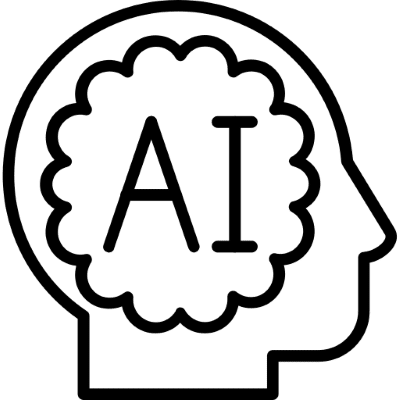
Understanding AI
What is Artificial Intelligence (AI)?
Welcome to the world of Artificial Intelligence (AI)! AI is a field of computer science that creates computer systems and software capable of performing tasks that typically require human intelligence. In essence, AI aims to replicate human cognitive functions using machines and algorithms. It includes a wide range of techniques and approaches, such as machine learning, neural networks, and natural language processing. AI has broad applications across various industries. It can automate repetitive tasks, enhance decision-making processes, and revolutionise how we interact with technology and the world around us.
Over the years, AI has taken on various meanings, but not all have been clear-cut. In 2017, a groundbreaking paper named “Attention is All You Need” emerged, proposing a fresh approach to AI that excels in understanding human language. This led to the birth of large language models (LLMs), like ChatGPT, Bing, Google’s BARD, and Anthropic’s Claude (2). These large language models can process and generate human-like text, opening doors to a new era of AI.
Simultaneously, AI has branched into areas like art, video, and creative tasks, collectively known as generative AI. This newfound capacity for creativity has transformed the landscape. These large language models and creative AI have reshaped what AI means today, especially in terms of generating new content.
Large Language Models (LLMs)
 Source: https://substack-post-media.s3.amazonaws.com/public/images/158ee53f-0551-4381-988d-20f2d9b7adb2_2006x1169.png (2006×1169) (substackcdn.com)
Source: https://substack-post-media.s3.amazonaws.com/public/images/158ee53f-0551-4381-988d-20f2d9b7adb2_2006x1169.png (2006×1169) (substackcdn.com) Related Information
Explore more about AI with these articles from QAA and Advance HE
QAA publishes response to Department for Education’s generative artificial intelligence consultation
Learn moreFind out more with a selection of Jisc articles



